2021 Subaru WRX STI Saigo review
Subaru has released the second of its Saigo series, this time the WRX STI variant, of which New Zealand gets...
It’s been a while between drinks but it’s time again to raise a glass to the arrival of a new WRX. A staple of the local Subaru line-up since the mid 90s, the new model looks to be the last of them.
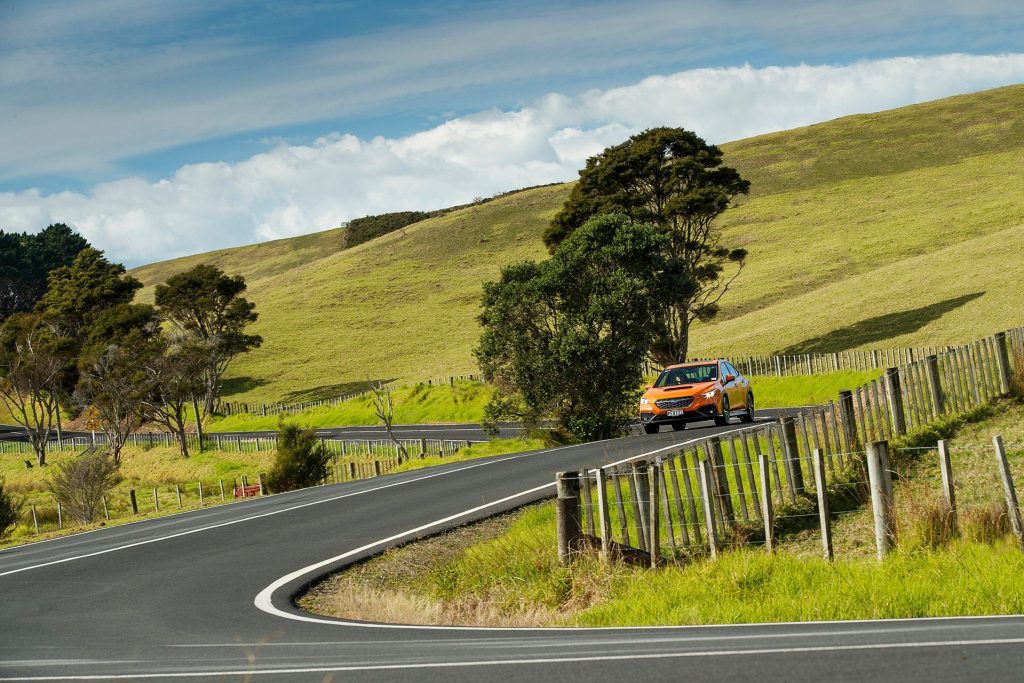
As Subaru’s local marketing manager, Daile Stephens, told us; “This could be the last iteration of the WRX as we know it. We want to celebrate this new WRX because we don’t know if we’ll have another one like it again.” So as they say, get in quick. And before additional CO2 taxation increases the price further. The new WRX incurs a Clean Car fee of $1610 (auto) and $3737 (manual) and there will be another price hike next year as the Clean Car Standard aspect of the Clean Car Programme kicks in. Supply is tight too, the first allocation spoken for with 50 units pre-sold and delivery already out to Q3/Q4 for would-be buyers.
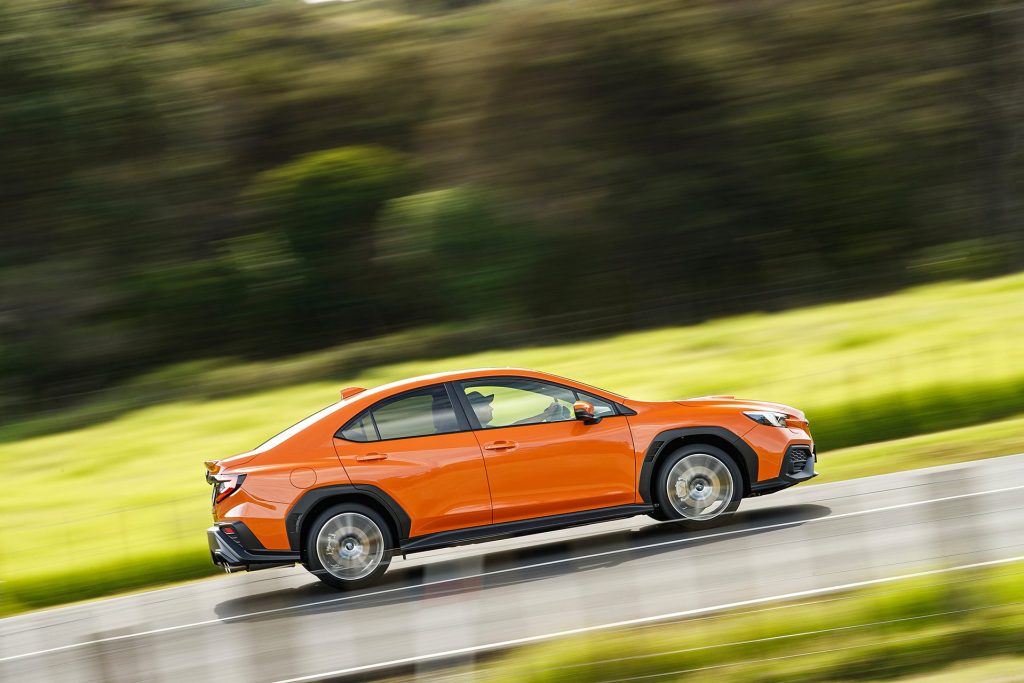
So with that out of the way…the new WRX is available as either a sedan or wagon and there is a Premium and tS variant of each. Prices have increased from the old model, now starting at $59,990 for the Premium and $64,990 for the tS (that’s ‘tuned by STI’), regardless of the body configuration or transmission. However, on the last point, only the WRX Premium is available with the six-speeder.
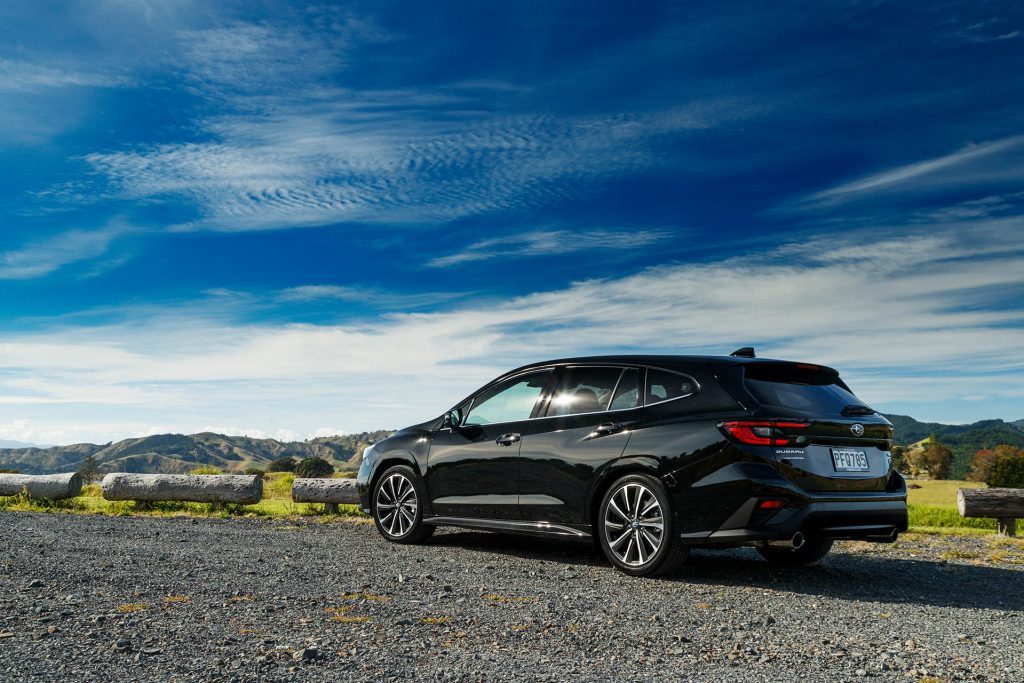
Rather than bore you with the detailed specification, just know it’s better outfitted than the old model (partly explaining the price rise), and that the tS gets more kit than the Premium, including the addition of the new Drive Mode Select and electronically controlled variable dampers.
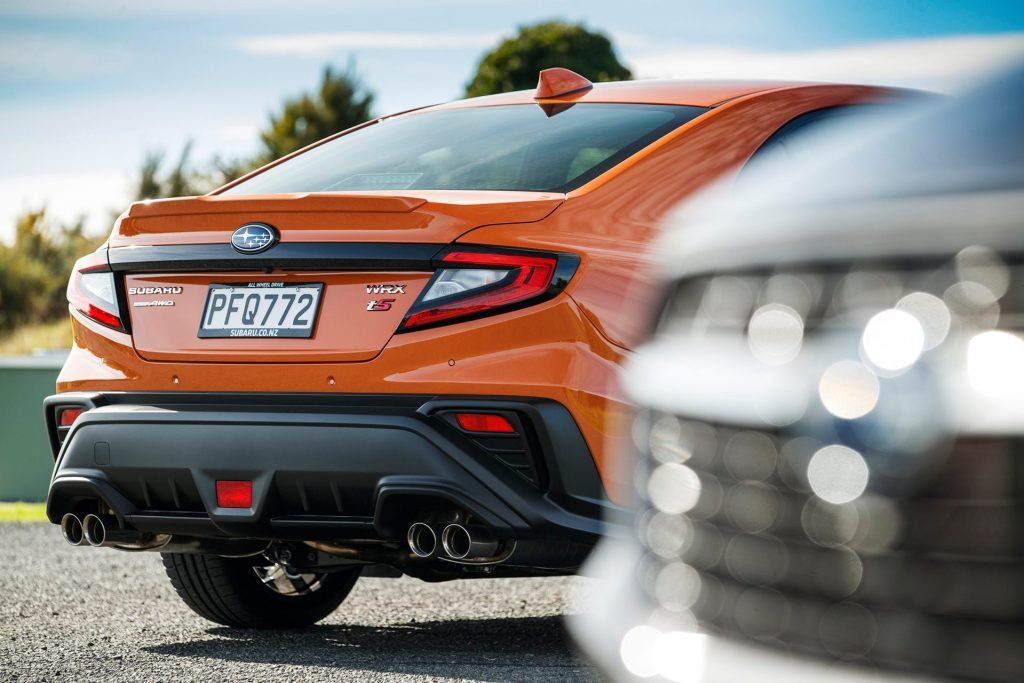
Both the sedan and wagon benefit from having the latest version of the Subaru Global Platform underneath them. However, strictly speaking, they aren’t quite the same thing, the wagon being an export version of the JDM Levorg STI, a nameplate that is now dead to Subaru NZ. While similar, the front end styling of each is quite different, and the WRX sedan is wider, with an increased track. That’s evident when you park them next to one another, the WRX guards are visibly wider and it wears those (somewhat polarising) arch blisters. However, while the previous gen Levorg was a different sort of drive to the WRX, these two are more aligned on dynamics.
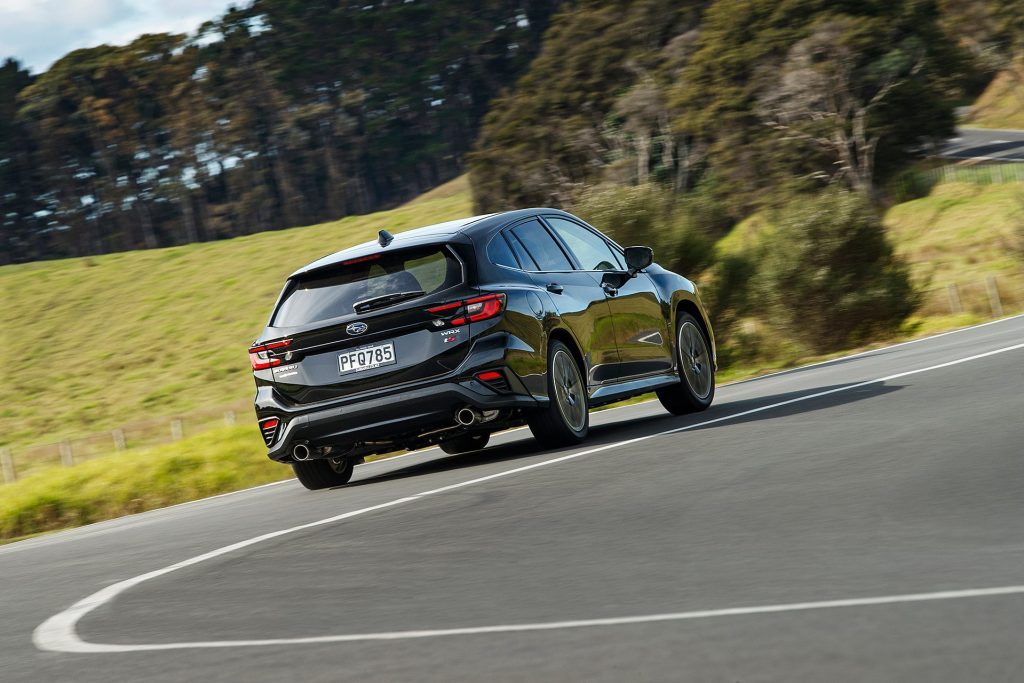
Both are powered by a 2.4-litre flat four turbo with 202kW and 350Nm of torque. That’s not much different from the old 2.0-litre but the torque is spread wider. The extra capacity and new turbo tech with its electronic wastegate control work to flatten the curve and the pull is on from 2000rpm through to 5200. The majority of buyers opt for the auto, now dubbed the Subaru Performance Transmission (SPT), which is an update of the brand’s CVT, and that’s what we pedalled.
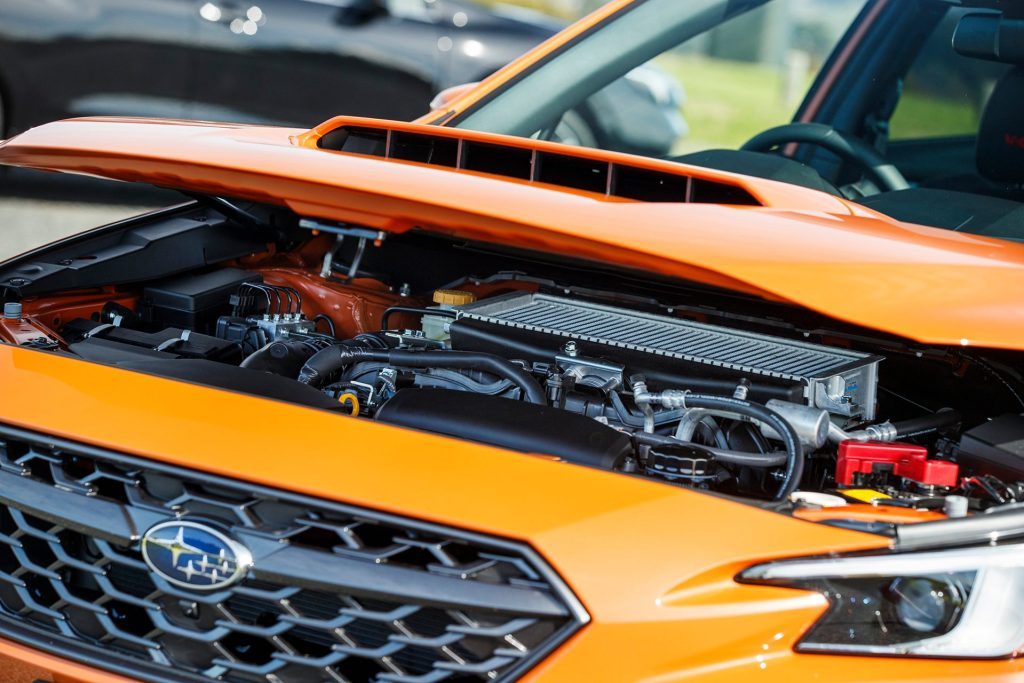
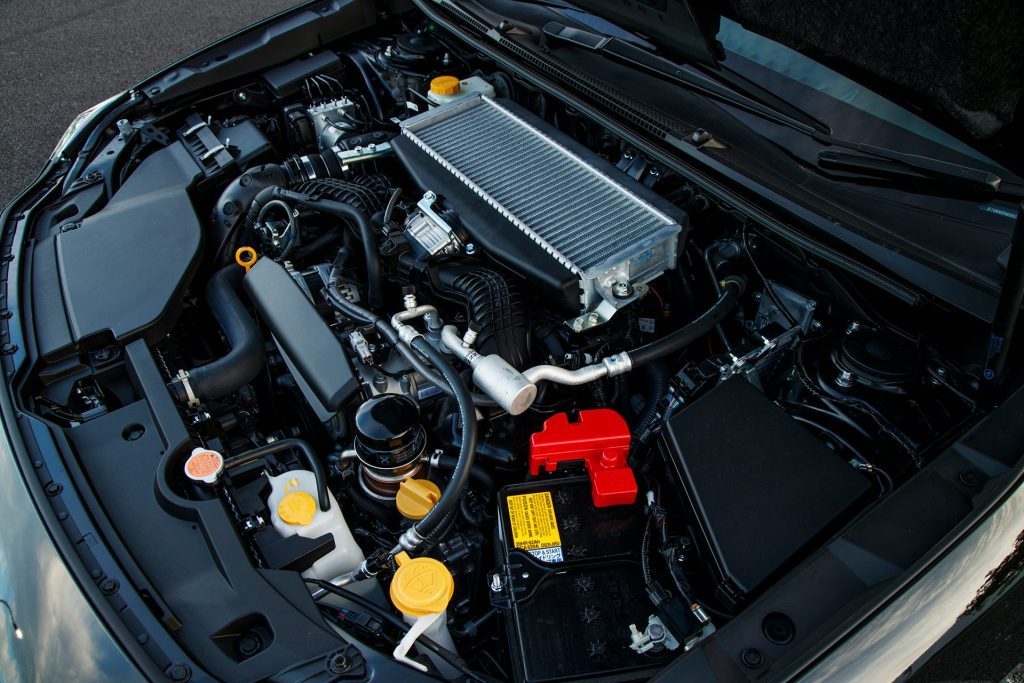
The Drive Mode select is the new feature, offering a plethora of set up choices; Comfort, Normal, Sport, Sport plus, and Individual. Each mode affects the power unit, which has three settings, the steering and suspension, each having a Comfort, Normal and Sport mode while the AWD system has a Normal and Sport configuration. Even the Eyesight safety system and air con can be fiddled with.
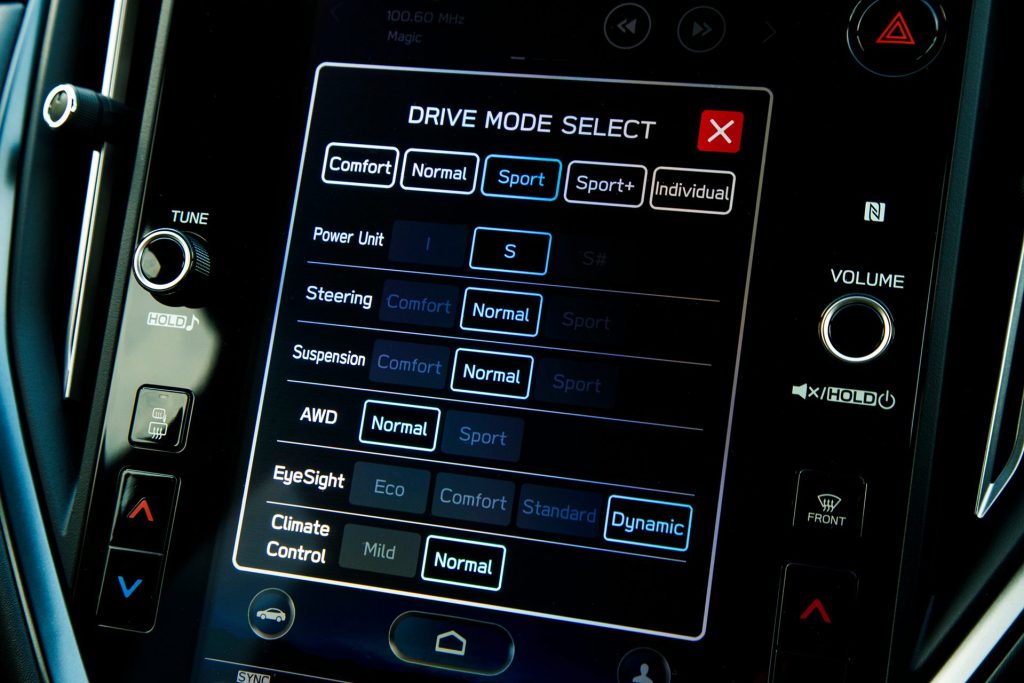
The modes for the power unit are fairly straightforward; Intelligent being a more economically minded setting, Sport adding response and Sport Sharp further sharpening its claws and poking the CVT along. The Comfort setting for the steering is overly assisted, almost too light, while Normal is about right and Sport adds weight. This is more pronounced when you’re doing sporty things, the added resistance helping in the bends.
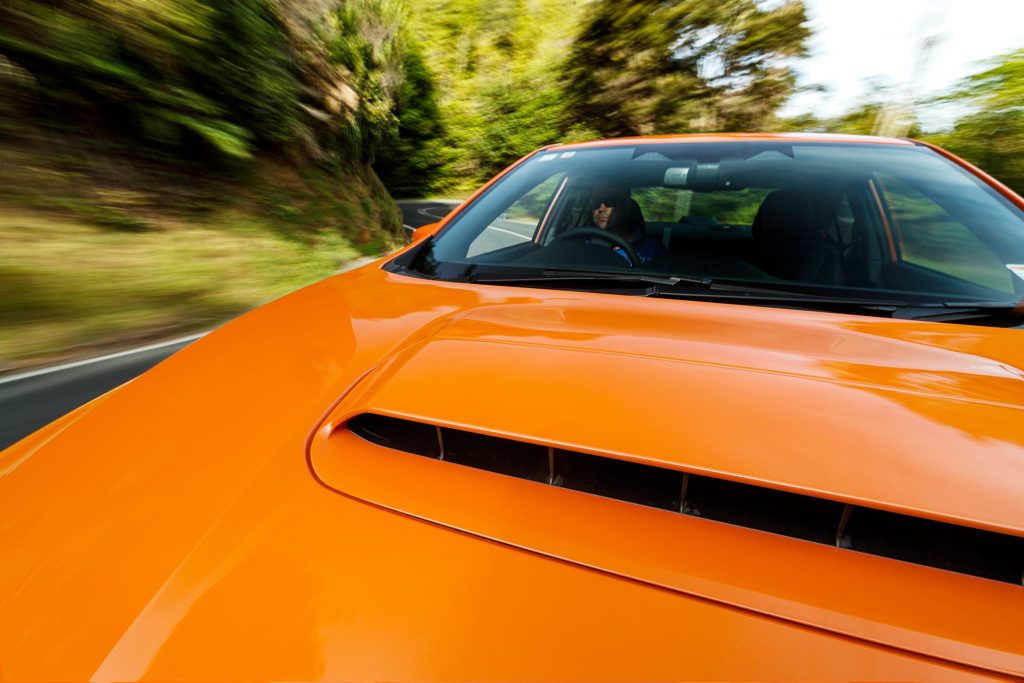
It’s the addition of the ZF-supplied electronic dampers that is the biggest update for the WRX. As a performance-orientated machine, the everyday ride quality of past models might have put some buyers off. But it’s much more cultured now.
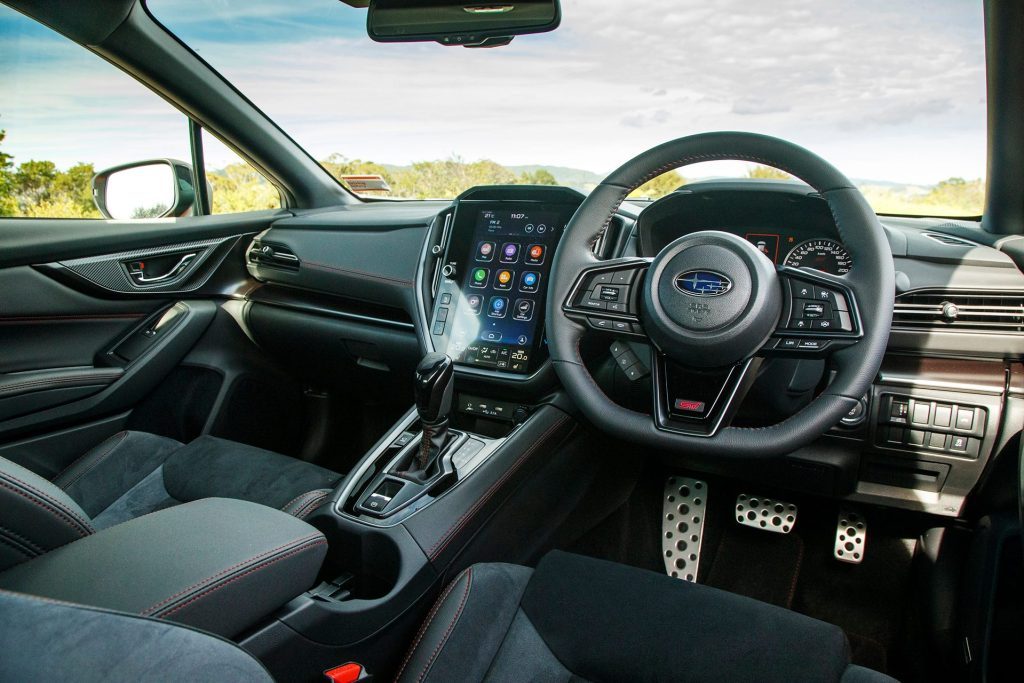
Set it to Comfort, and it’s pleasingly civilised. There’s still an underlying tone of sportiness but the WRX has never been this genteel, ever. The leap in refinement is therefore significant, and that includes a marked reduction in noise levels.
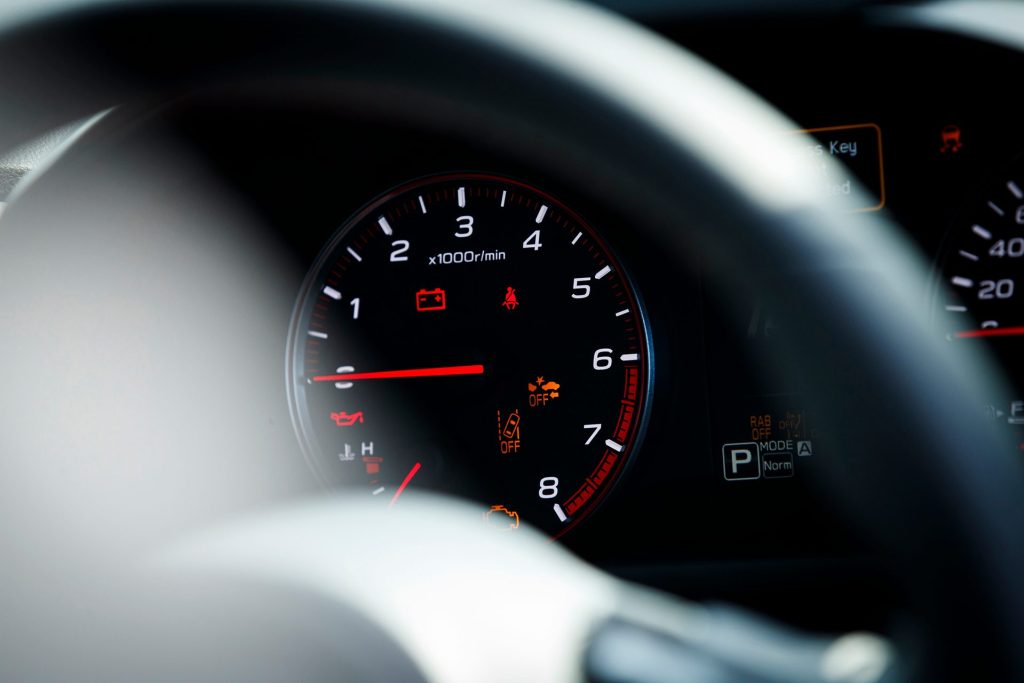
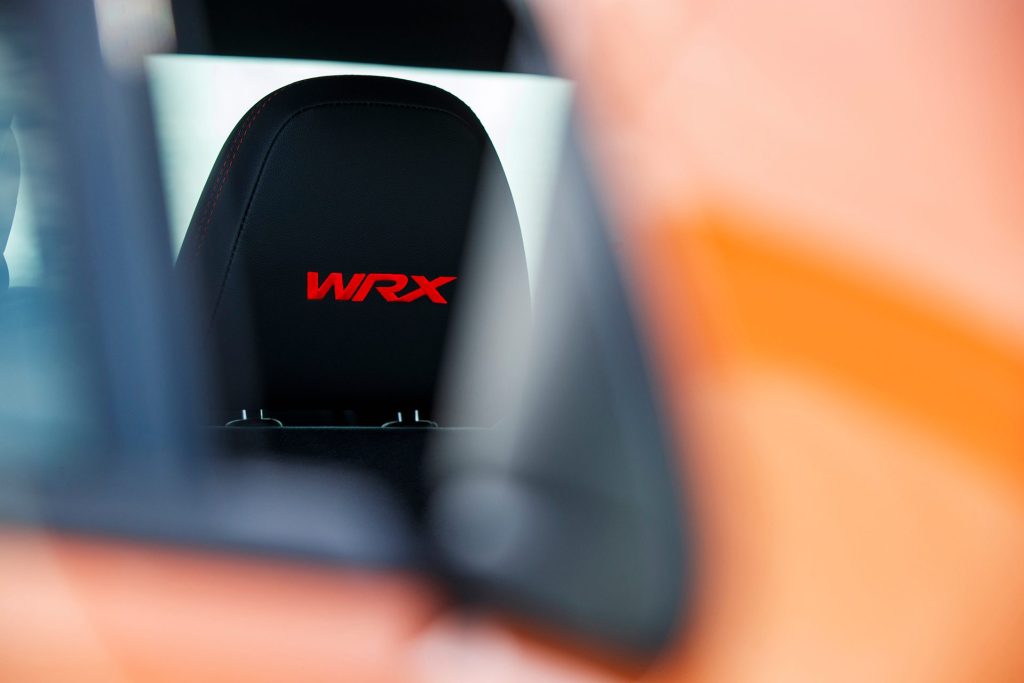
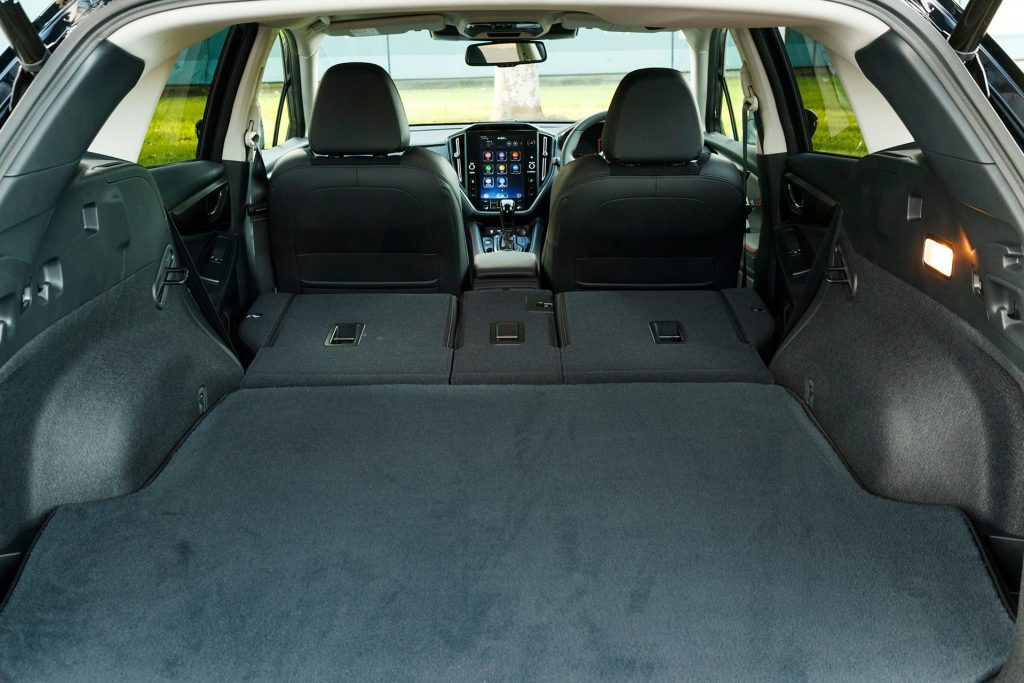
The Normal suspension setting is not too bad either, while Sport ramps up the stiffness to aid steering response and resistance to untoward movements. There is a button on the steering wheel to easily cycle your way through the modes, or you can delve into the touchscreen menus, where you can mess with the Individual set up, tailoring each to your liking on the go.
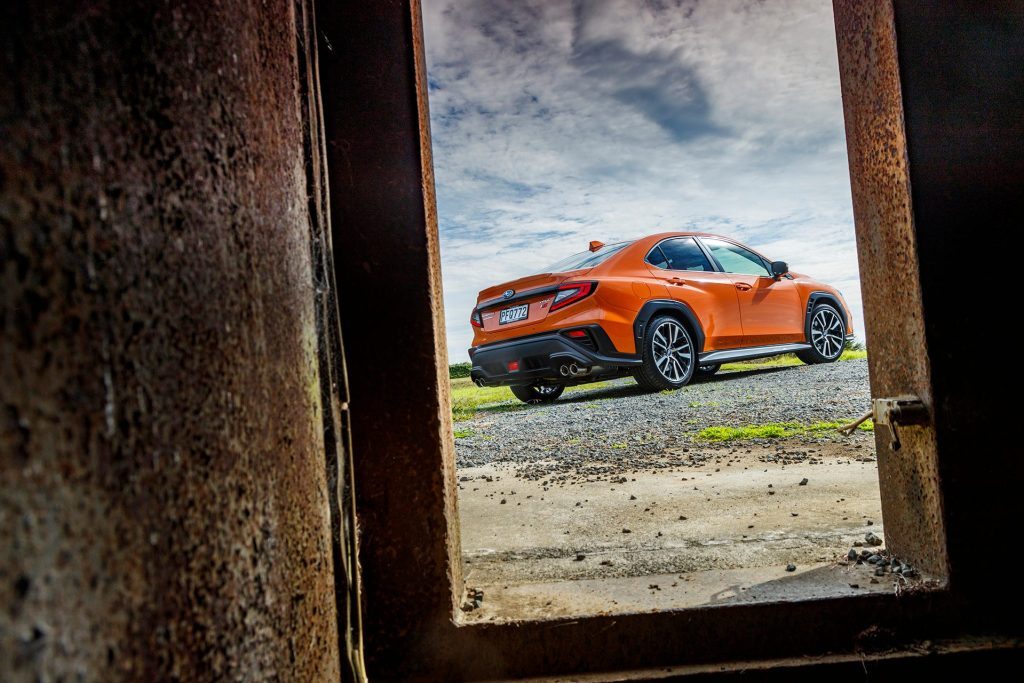
As mentioned, the drive mode also affects the transmission response and overall ratio. For instance, in Comfort the driveline can be bubbling away with 1500rpm showing at 100km/h but in Sport Plus it jumps up to 2500rpm, ready to spin. Drive it WRX style, and there’s a manual mode for the SPT with the paddles manipulating its eight steps. However, you can just leave it be, the trans doing all the right things in Sport Plus mode. It keeps the boxer punching above 3500rpm, ‘upshifting’ smoothly at 6000rpm to put you back in the torque as it then builds again towards the power peak. When you lift off the gas, it holds ‘in gear’ thus aiding response when you step back into it.
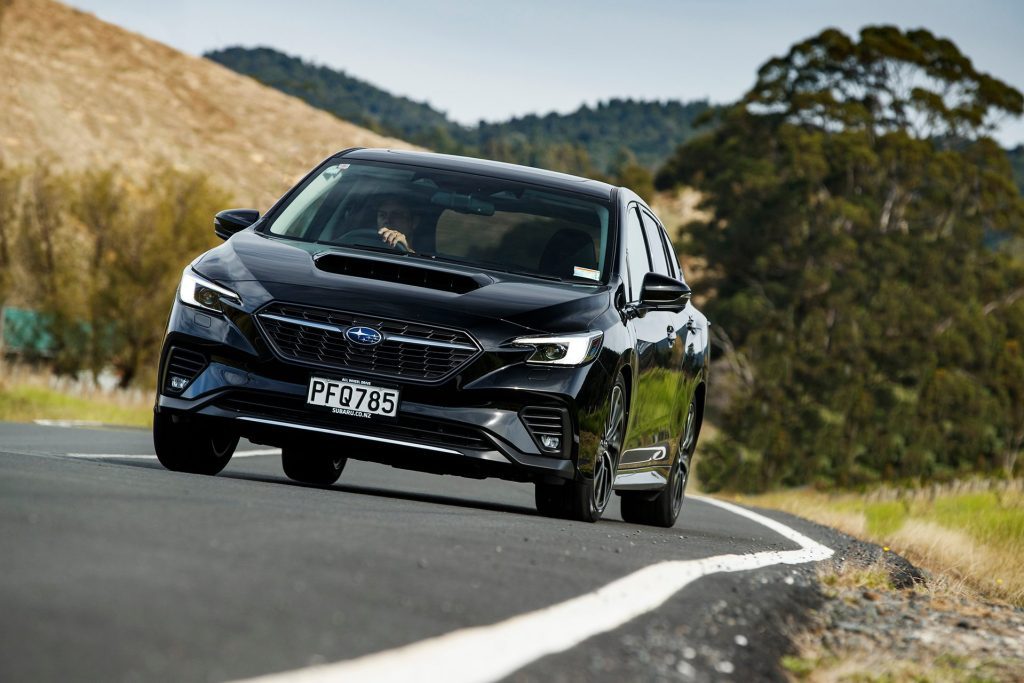
So it does a bloody good job of mimicking a real auto. Hit the picks for a bend and it ‘downshifts’ so you’re into the power immediately on your way out again. The only thing not so great about the CVT? It just doesn’t launch the WRX off the line the way a WRX deserves to be sent. But for the daily grind, it’s smooth right from initial engagement up to your desired cruising speed. And when you tickle the gas pedal, it’s quick to shorten the ratio to help it accelerate on.
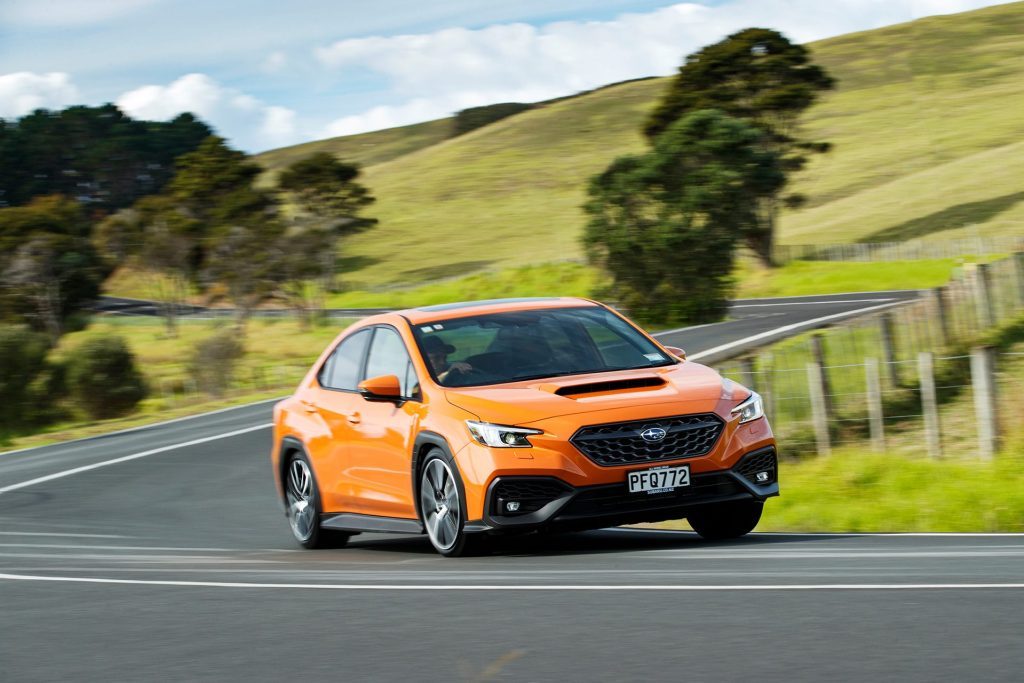
The 2.4 has a liberal spread of torque, feeling energetic from 2000rpm and hikes strongly from 3000, though is done by six. Shared as it is with an SUV, this donk is not a stellar performance engine, while the soundtrack won’t be nominated for any awards either. But the easy torque we like, the broad spread making urban driving effortless. The fuel use isn’t excessive either; expect somewhere between 10-12L/100km for normal use (depending on drive mode) and upwards of 15L when you drive like a troubled teenager. And being blown, it demands 95.
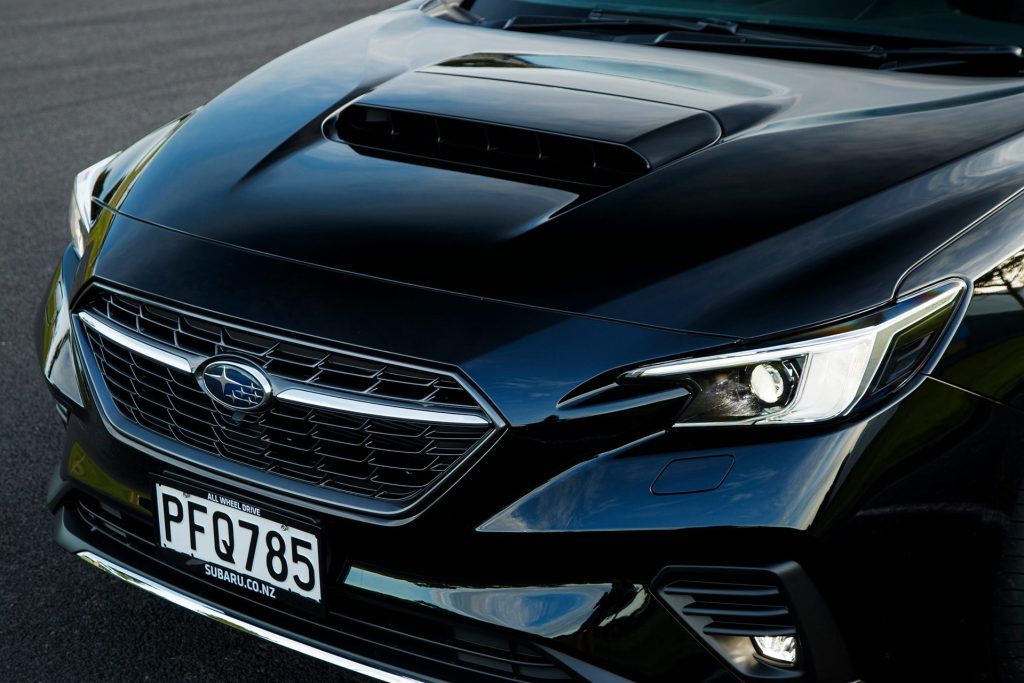
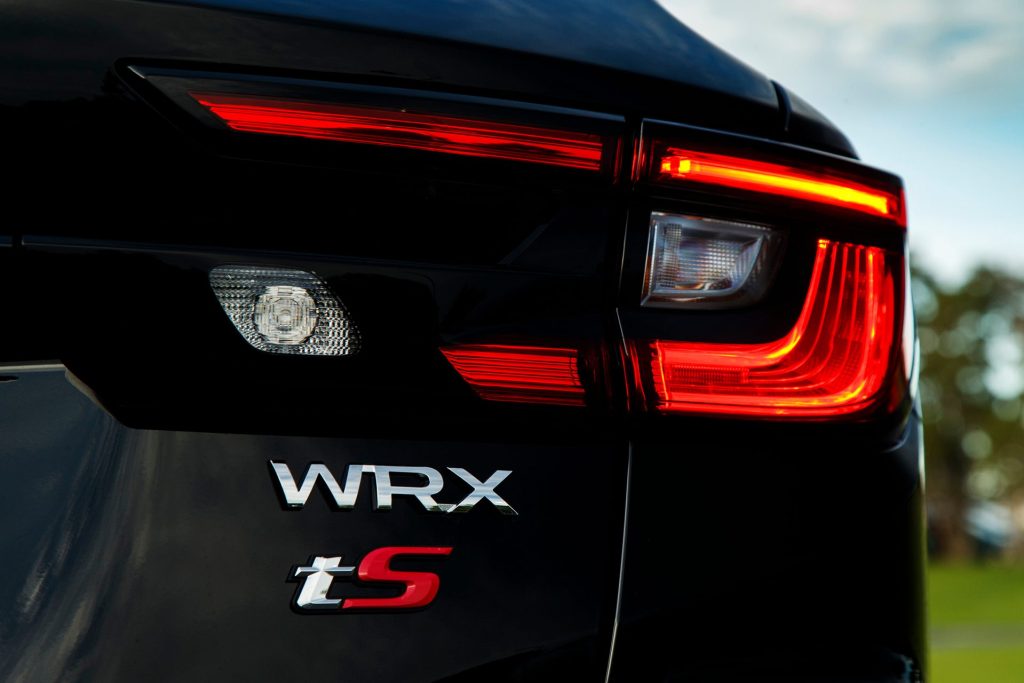
All of the above applies to both WRX and WRX GT, though there are a few subtle differences between them, mainly to do with the suspension. The WRX feels that bit sportier, likely on account of stiffer bushes and/or firmer spring rates. The tyres will have something to do with it too, the WRX wearing 245/40R18 Dunlop Sport Maxx to the GT’s 225/45R18 Yokohama Blue Earth hoops. Set to Comfort, the GT wagon rides even better, and there is less tyre noise. At the other end of the spectrum, the WRX turns better in Sport Plus mode, and the understeer is kept at bay longer. While the ride is firm at speed, this manages the bumps better than any WRX before it. The new chassis is said to be more rigid, and so along with the improved damper technology, the thumps and bumps are now well sorted. There is a discernible difference between the suspension modes; Comfort is a little too aloof at speed, whereas Normal rounds up a road in rather stellar fashion. Sport Plus adds that extra layer of control at the cost of a few more jiggles but without any undue harshness or undesirable bump steer.
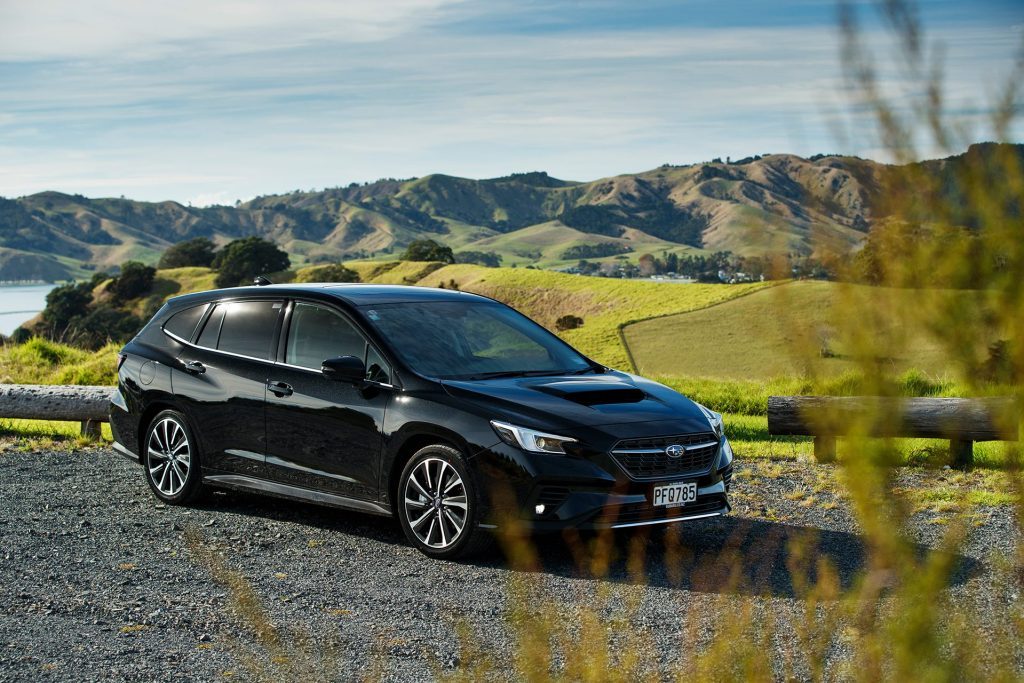
The steering has gone to finishing school, it being more polite in the bends. There’s enough feel without it being generous but you can still clip those apexes just fine. At speed, the helm is better set to Sport mode where the added resistance helps you guide it more accurately.
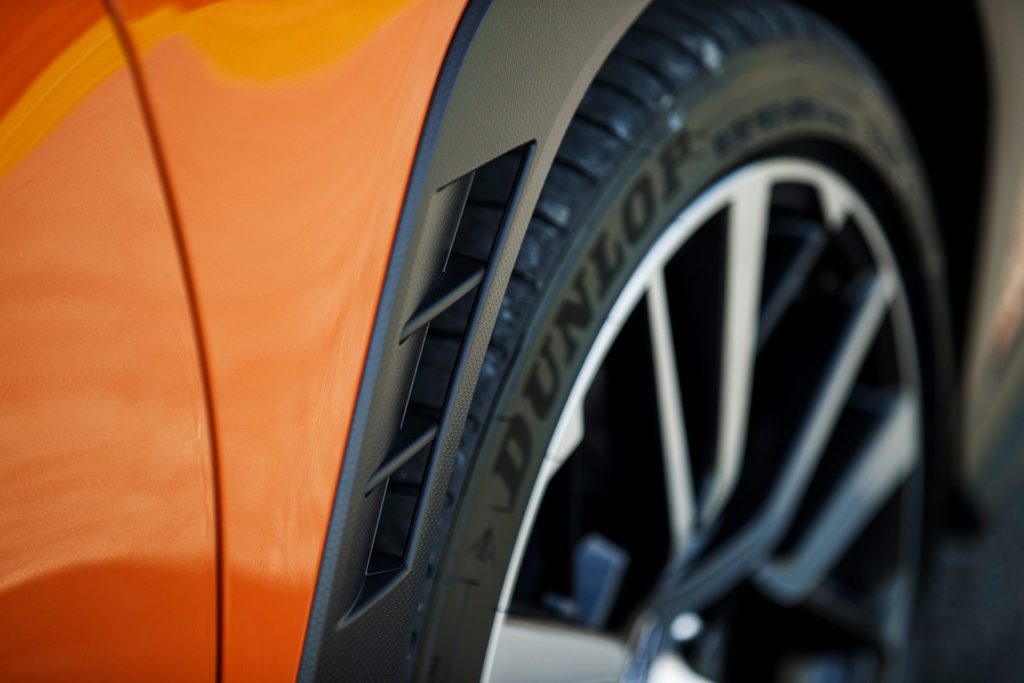
As to driver appeal, there’s not much between these two really – both do a satisfying job of rounding up bends and have enough power to raise the pulse rate. The WRX sedan is the one for the enthusiast – it’s just that bit sharper – but you’re not getting a dud by going for the wagon. Where the old Levorg was underdone in the suspender department, that’s no longer the case, this WRX GT wagon being far more accomplished.
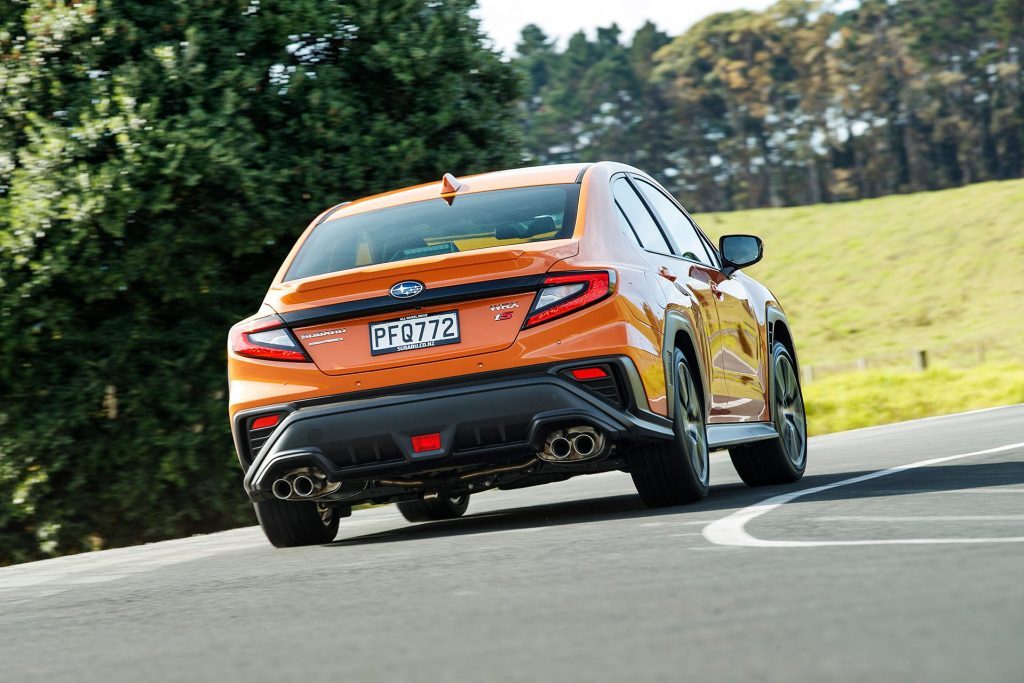
Against the clock, it was the GT coming out on top, stopping the timer at 6.2sec for the sprint to 100km/h, the sedan a half second adrift. These aren’t great numbers, about the same as a Golf GTI, but these two were box fresh with barely 200km on the dial, and Subaru’s get much better with miles. The difference in times was down to the CVT in the GT pinning the engine at max power and keeping it there, whereas the trans in the sedan was intent on upshifting. The brakes could do with a more immediate action, the initial feel a tad squishy but they work effectively when you stand on them. And they aren’t too snatchy or noisy on the way to work either. Again, they will probably improve once bedded in properly.
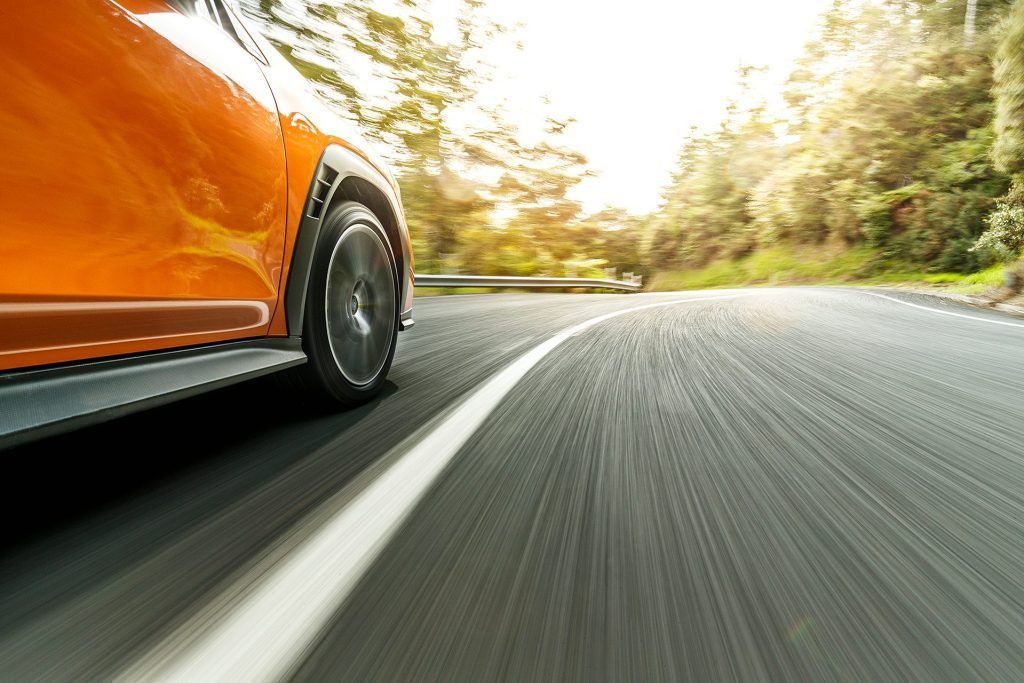
The cabin displays an uptick in quality for the WRX badge. Previous owners will be familiar with the general layout, though the big new touchscreen runs most of the show. The home button helps simplify navigation through the menus, and you can sort the ventilation quickly as this has its own ‘always on’ buttons along the bottom. Spend too much time gazing at the screen and Subaru’s big brother – a.k.a the Driver Monitoring System – will be on your case. The Eyesight safety gadgets are all present and, being a Subaru, the outward vision is good, supplemented with smart parking cameras.
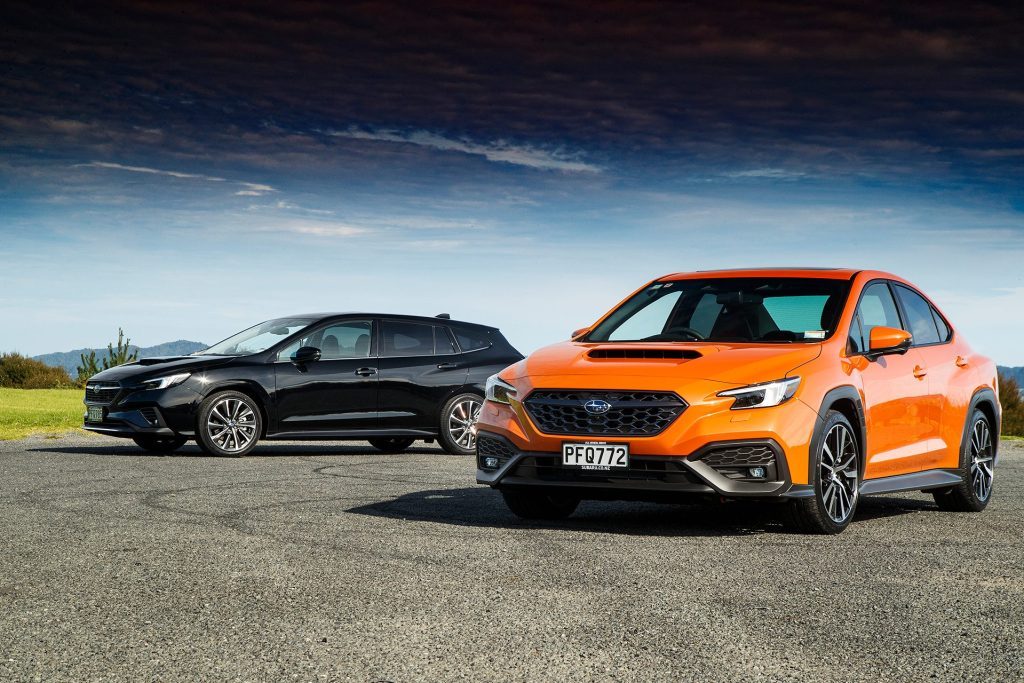
There’s more headroom in the back of the wagon and an easier entry, though the legroom is similar in each. You’ll find heated seats, twin USB chargers, Isofix for the kids, and both have 60/40 split folding. The wagon has a well shaped hold, long and wide enough, the tailgate powered while the boot of the WRX sedan is hindered by a mean opening.
While the price has increased, so too has the competence, refinement and specification of the offering. The WRX is still a good driver’s car, but one with an added degree of refinement and quality. And those looking for added versatility will be pleased with the new wagon too.
| Model | Subaru WRX GT tS |
| Price | $64,990 |
| Clean Car Discount | Fee + $1610 |
| Engine | 2387cc, B4, T, DI |
| Power/Torque | 202kW/350Nm |
| Drivetrain | CVT, AWD |
| Fuel Use | 9.5L/100km |
| C02 Output | 214g/km |
| 0-100km/h | 6.32sec |
| 80-120km/h | 3.41sec (95m) |
| 100-0km/h | 35.10m |
| Stability systems | ABS, ESP, TV |
| Safety | AEB, ACC, BSM, LDW, RCTA, ALK, AHB |
| Tow rating | Not rated to tow |
| Warranty | 3 years/100,000km |
| ANCAP rating | not yet rated |
| Weight | 1630kg (claimed) |
| Model | Subaru WRX 2.4T tS |
| Price | $64,990 |
| Clean Car Discount | Fee + $1610 |
| Engine | 2387cc, B4, T, DI |
| Power/Torque | 202kW/350Nm |
| Drivetrain | CVT, AWD |
| Fuel Use | 9.5L/100km |
| C02 Output | 214g/km |
| 0-100km/h | 6.70sec |
| 80-120km/h | 3.515sec (101m) |
| 100-0km/h | 34.95m |
| Stability systems | ABS, ESP, TV |
| Safety | AEB, ACC, BSM, LDW, RCTA, ALK, AHB |
| Tow rating | Not rated to tow |
| Warranty | 3 years/100,000km |
| ANCAP rating | not yet rated |
| Weight | 1600kg (claimed) |
You may also like
Subaru has released the second of its Saigo series, this time the WRX STI variant, of which New Zealand gets...
The WRX turns 25 next year, and we’re starting the celebrations early. We found this original WRX RA, a perfect...

